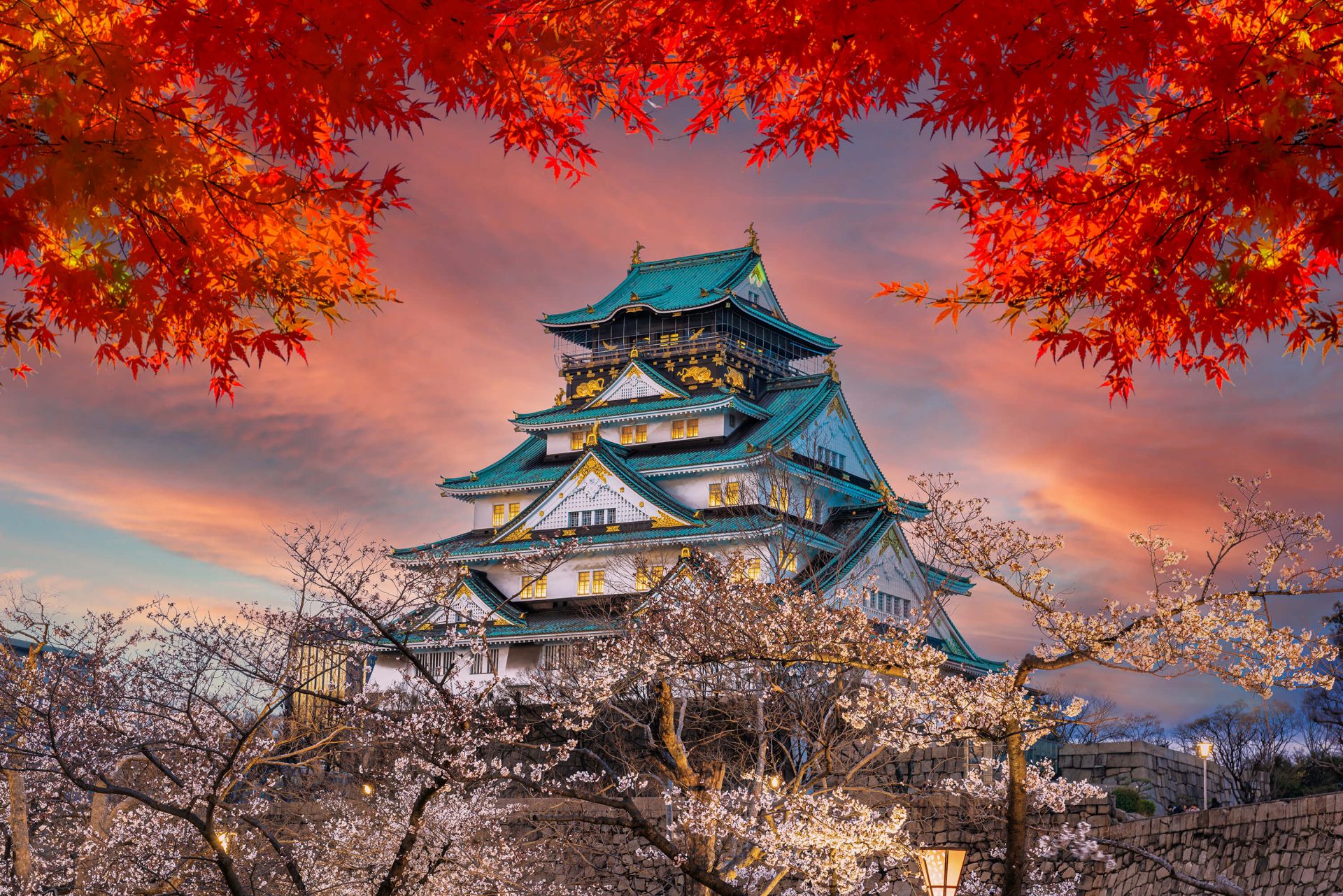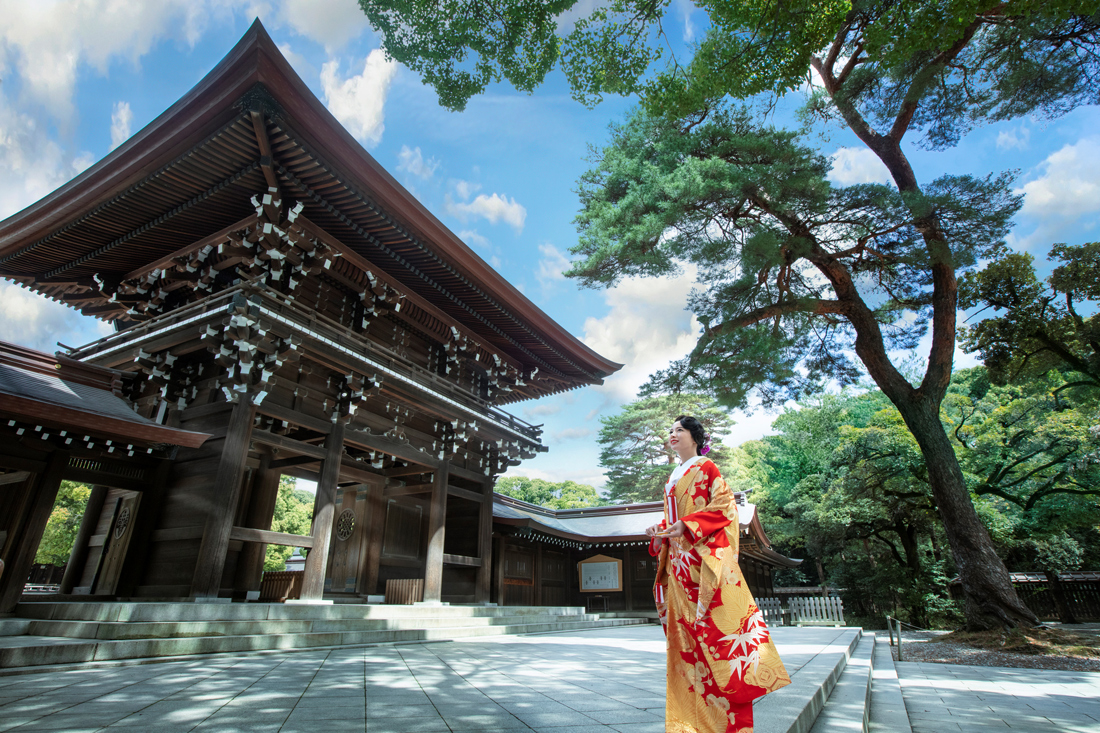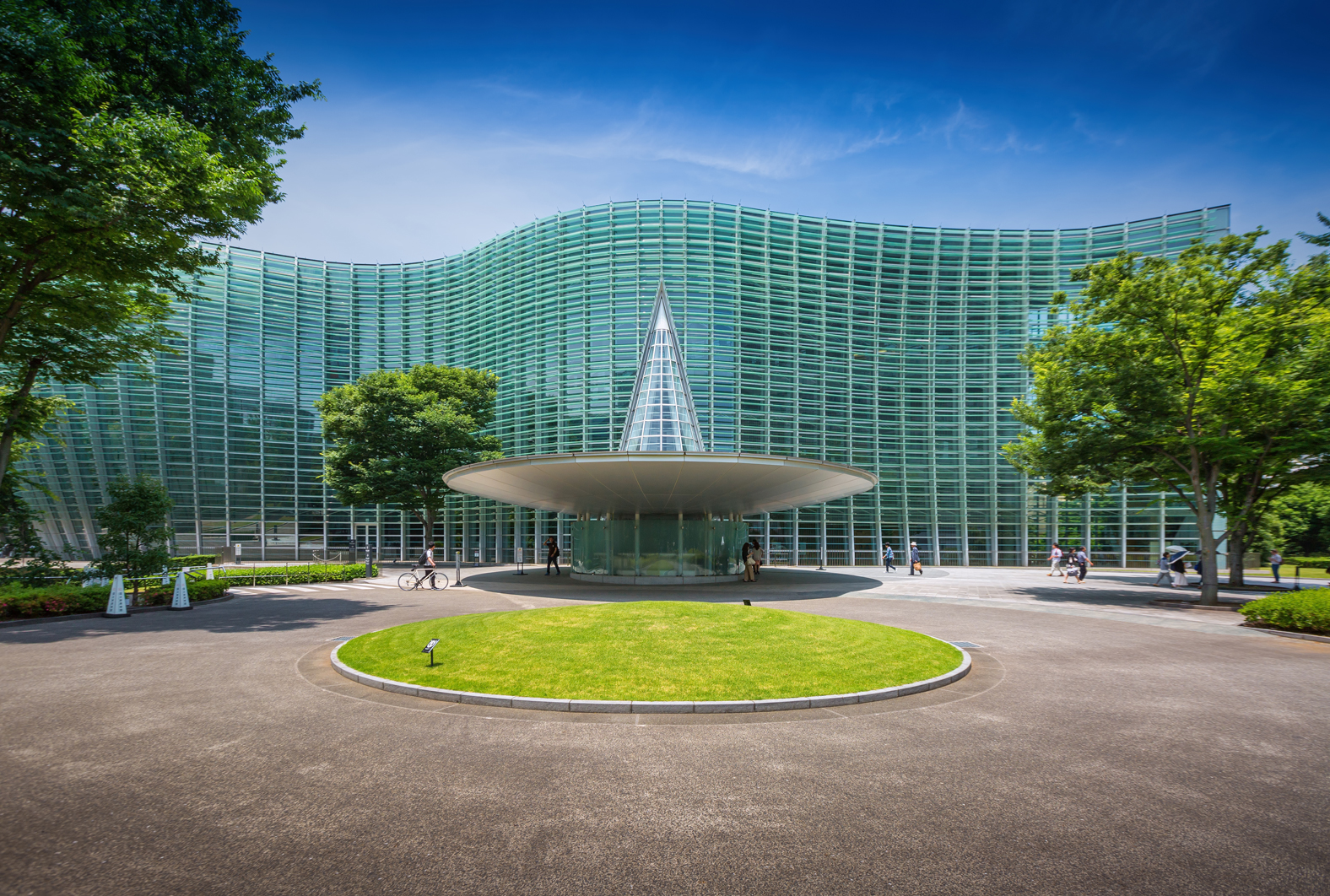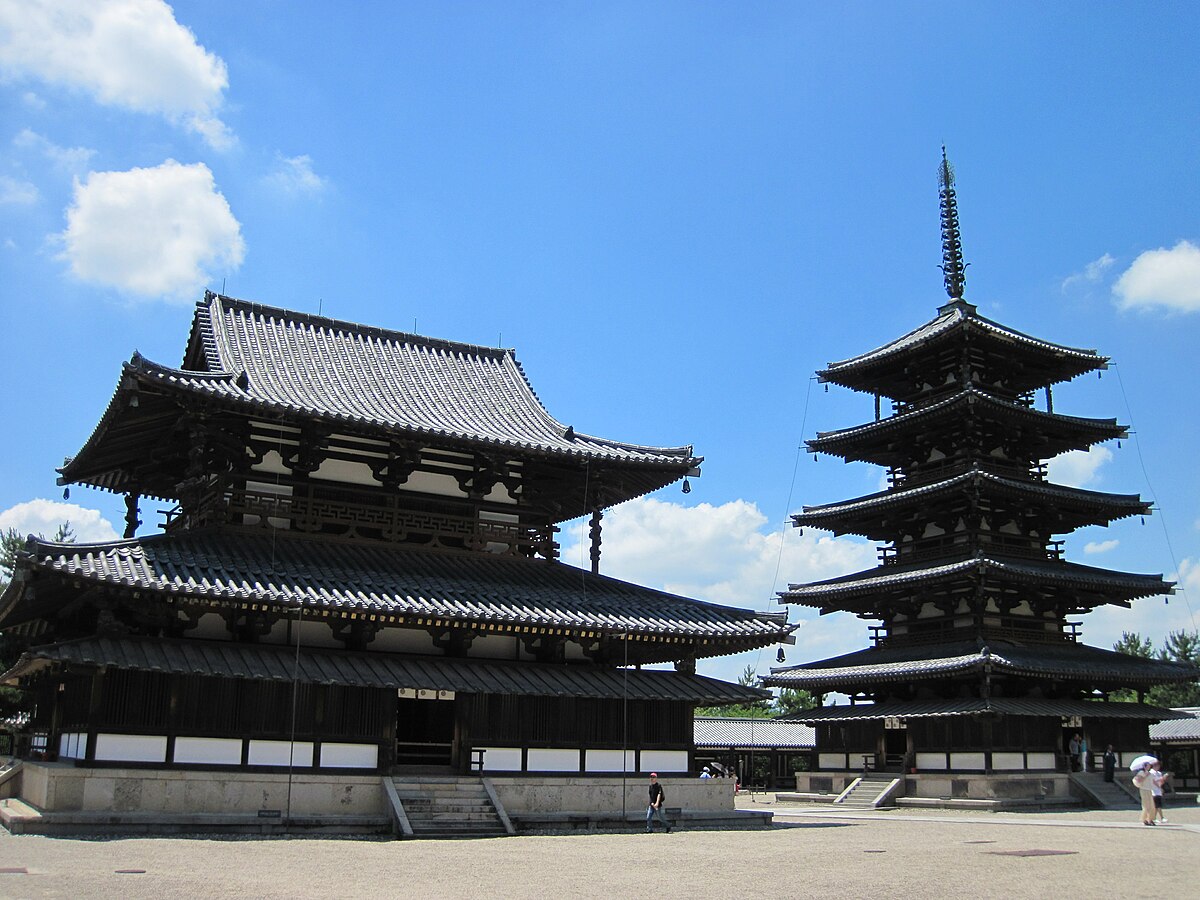Japan, a country steeped in history and culture, boasts a rich architectural heritage that beautifully blends tradition with innovation. From ancient temples and majestic castles to modern skyscrapers and contemporary designs, Japan's famous buildings showcase the country's unique character and artistic prowess. Let’s take a journey through time to explore some of the most iconic and mesmerizing buildings that grace the landscape of this captivating nation.
1. Kinkaku-ji (The Golden Pavilion)
Nestled in Kyoto, Kinkaku-ji, also known as the Golden Pavilion, is a stunning Zen Buddhist temple. It was originally built as a retirement villa for the shogun Ashikaga Yoshimitsu in the 14th century, and later converted into a temple by his son. The temple is known for its stunning appearance, as the top two floors are covered with gold leaf. Kinkaku-ji reflects beautifully on the mirror pond, creating a picturesque scene.
The temple has a rich history and cultural significance, as it was burned down several times by wars and arson throughout history, and rebuilt faithfully each time. It is a symbol of Zen Buddhism's elegance and spiritual harmony. The temple is also the inspiration for a novel by Yukio Mishima, titled The Temple of the Golden Pavilion.
Photo: Wikipedia
2. Himeji Castle
Himeji Castle is a hilltop castle complex in Himeji, Japan, that is famous for its elegant white appearance and sophisticated architecture. It was built in the early 17th century and is one of the few original castles in Japan that have survived wars, earthquakes and fires. It is a UNESCO World Heritage Site and a National Treasure of Japan.
The castle has 83 rooms and multiple defensive systems, such as gates, walls, moats and rock chutes. The main keep is a six-story wooden structure with wing buildings and roof ornaments. The castle is also known as White Heron Castle or Shirasagi Castle because it looks like a bird taking flight.
Photo: japan-guide.com
3. Tokyo Skytree
Tokyo Skytree is a broadcasting and observation tower in Tokyo that stands at 634 meters (2,080 feet), making it the tallest tower in the world and the second tallest structure after the Burj Khalifa. It was built to replace Tokyo Tower, which could not provide complete digital terrestrial television coverage due to the surrounding high-rise buildings.
Tokyo Skytree has a tripod-like base and a cylindrical upper part, inspired by the traditional Japanese pagoda. It has two observatories at 350 and 450 meters, offering panoramic views of the city and the river. Tokyo Skytree is also part of a large commercial complex that includes shops, restaurants, an aquarium, and a railway station.
 Photo: tokyoskytree.blog.jp
Photo: tokyoskytree.blog.jp
4. Itsukushima Shrine
Itsukushima Shrine is a Shinto shrine on the island of Itsukushima, also known as Miyajima, in Hiroshima Prefecture, Japan. It is famous for its "floating" torii gate, which appears to rise from the sea at high tide. The shrine was founded in the 6th century, but the current buildings date from the 12th century, when they were constructed by Taira no Kiyomori, a powerful noble and governor of Aki Province. The building is a UNESCO World Heritage Site and a National Treasure of Japan. It is a masterpiece of Japanese architecture that harmonizes with the natural beauty of the island and the sea.
 Photo: japan-guide.com
Photo: japan-guide.com
5. Osaka Castle
Osaka Castle was first built in 1583 by Toyotomi Hideyoshi, who wanted to unify Japan under his rule. The castle was destroyed and rebuilt several times over the centuries, and the current structure is a modern reconstruction from 1931. The castle has a museum that displays the history of the castle and Toyotomi Hideyoshi, as well as a beautiful park with cherry trees and a shrine. Osaka Castle is located in the east of Osaka, near the Yodo River, and can be accessed by subway or JR train (Japan Railways).
 Photo: wallart.com
Photo: wallart.com
6. Tokyo Imperial Palace
The Tokyo Imperial Palace is the main residence of the Emperor of Japan and his family. It is located in the center of Tokyo, on the former site of Edo Castle, which was the seat of the Tokugawa shogun from 1603 to 1867. The palace is surrounded by moats and stone walls, and covers an area of about 1.15 square kilometers.
The palace was rebuilt in the same style after being destroyed during World War Two. The palace is not open to the public, except on special occasions such as New Year's Greeting and Emperor's Birthday. Visitors can view the Nijubashi Bridge, which leads to the main gate of the palace, join guided tours of the palace grounds, and witness the Changing of the Guard ceremony to experience a taste of Japan's imperial heritage.
Photo: edition.cnn.com
7. The Meiji Shrine
The Meiji Shrine is a Shinto shrine in Tokyo that honors the spirits of Emperor Meiji and his wife, Empress Shoken. Emperor Meiji was the leader of Japan during the Meiji Restoration, a period of rapid modernization and westernization in the late 19th and early 20th centuries.
The shrine was built in 1920 on the site of an iris garden that the imperial couple liked to visit. It was destroyed in World War II and rebuilt in 1958. The shrine is surrounded by a large forested area that contrasts with the urban environment. It is one of the most popular Shinto shrines in Japan and attracts many visitors for worship and relaxation.
 Photo: meijikinenkan.gr.jp
Photo: meijikinenkan.gr.jp
8. Nagoya Castle
Nagoya Castle is a historic Japanese castle located in Nagoya, Japan. It was built by the Owari branch of the Tokugawa family, one of the three ruling clans of the Edo period (1603-1868). The castle was originally constructed on the site of an older castle of the Oda clan, where Oda Nobunaga, a famous warlord, was born.
Nagoya Castle was known for its golden shachihoko, mythical creatures with tiger heads and fish bodies, that adorned the roof of the main tower. The castle was designated as Japan's first national treasure, but it was destroyed by air raids during World War II. Since 1957, the castle has been undergoing restoration to return it to its original condition.
Photo: Wikipedia
9. The National Art Center, Tokyo
The National Art Center, Tokyo is one of the largest exhibition spaces in Japan, with no permanent collection or curators. This is a museum located in Roppongi, Minato, Tokyo, on a site that used to belong to the University of Tokyo. It opened in 2007 and hosts temporary exhibitions sponsored and curated by other organizations. It was designed by Kisho Kurokawa, a renowned architect. The museum aims to create a new culture that fosters mutual understanding and inclusion through the power of art.
 Photo: toursandtravel.app
Photo: toursandtravel.app
10. Horyu-ji Temple
Located in Nara Prefecture, Horyu-ji Temple is a historic Buddhist temple in Japan that dates back to the 7th century CE. It was founded by Prince Shotoku, a patron of Buddhism and a regent of Japan. Horyu-ji Temple is famous for having the world's oldest surviving wooden structures, including a five-story pagoda and a main hall. The temple is also home to many treasures of Buddhist art and sculpture, such as the Kudara Kannon and the Shaka Triad. Horyu-ji Temple was designated as a UNESCO World Heritage Site in 1993 for its cultural and architectural significance.

Japan's famous buildings reflect the country's commitment to preserving its cultural heritage while embracing modern advancements. Each edifice carries its own story, a testament to the ingenuity, artistry, and resilience of the Japanese people. Whether standing before ancient temples or contemporary masterpieces, exploring these architectural wonders is a journey that brings us closer to Japan, where tradition and innovation dance harmoniously through the ages.
Please watch the video below to discover more about the 10 Iconic Buildings to Visit in Japan's Capital City.

Comments · 17
Guest 1716974117875
4 months agoYue
1 year agoJudy Sunrise
1 year agoHUILAN ZHENG
1 year agoThanh Huber
1 year ago